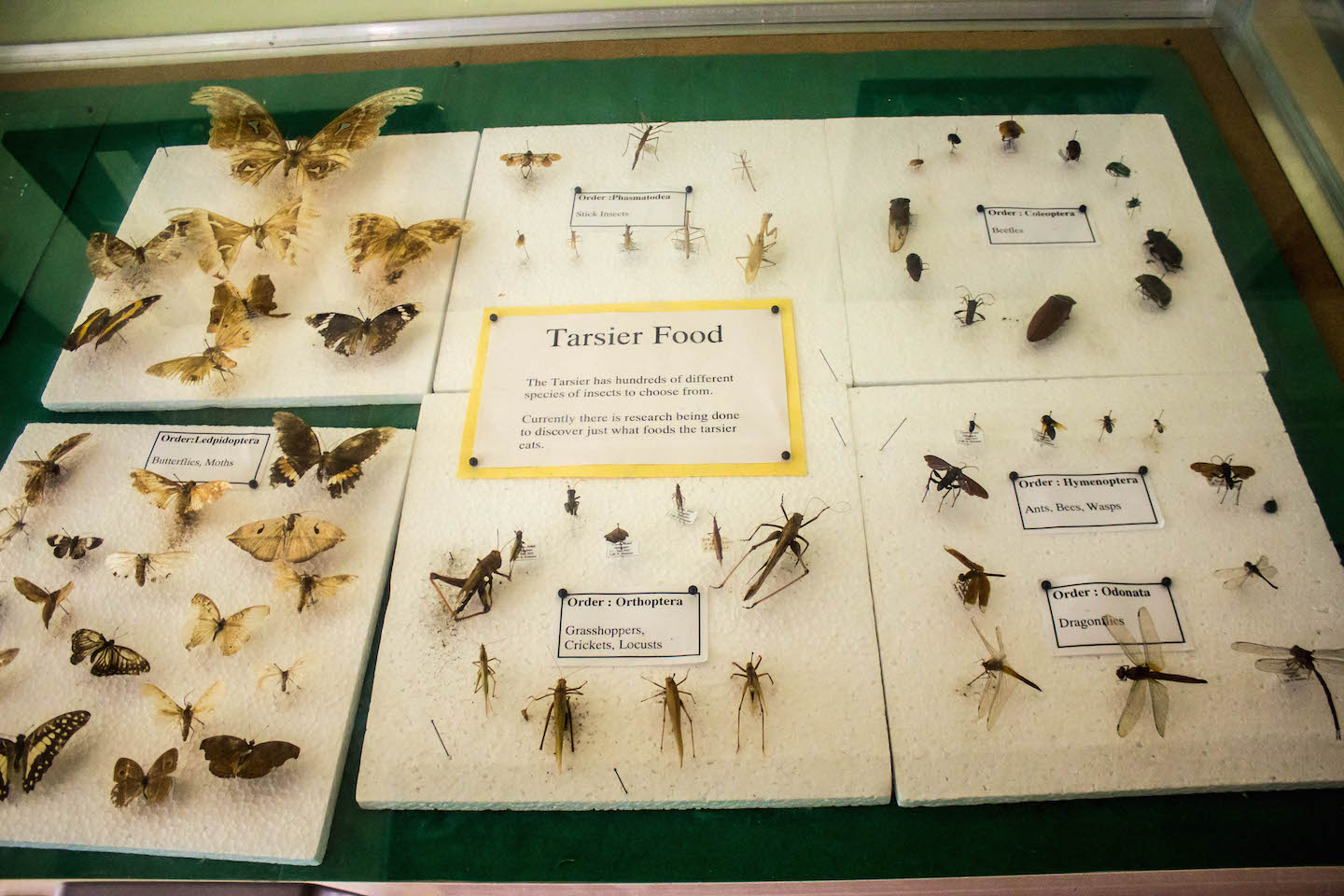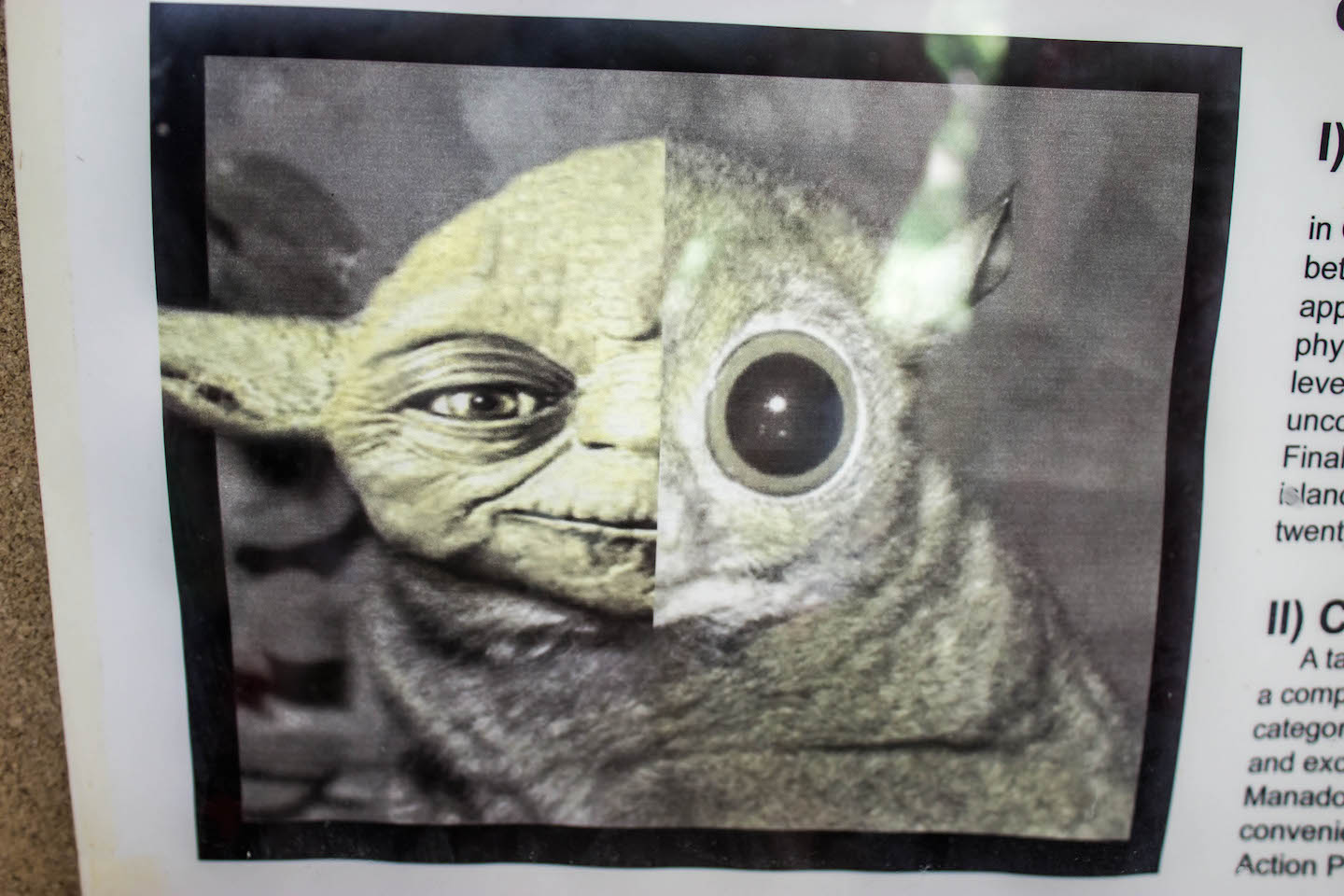Aside from Metro Manila and the amazing beaches in the Philippines, we couldn’t leave without seeing the other unique tourist destinations in the country. This led us to new islands outside of Luzon, Boracay and Palawan to eastern Philippines – the islands of Cebu and Bohol.
Cebu City
Cebu City is the second largest metropolitan area in the Philippines after Metro Manila, along with having the nation’s main domestic shipping port. However, having had our fill of city life in Manila, we came here for the culture. The oldest city in the Philippines and the first Spanish settlement in the country, Cebu City is full of both political and religious history. We made sure to check those out.

First stop was the famous Magellan’s Cross. Portuguese explorer Ferdinand Magellan arrived in the Philippines in 1521 and planted this cross on behalf of Spain. Now housed in a chapel, the tindolo wood cased cross marked the propagation of the Roman Catholic faith in the Philippines. Besides its religious significance, Magellan’s Cross represented the first European visit to the country, when east met west.

Right next to Magellan’s Cross was the Basilica Minore del Santo Nino. Naturally, it was the oldest established Roman Catholic church in the Philippines, though 45 years later than when Magellan’s Cross was first planted. Miguel Lopez de Legazpi led Spanish explorers to found the church. He also made Cebu the first capital of Las Islas Filipinas, a new Spanish colony at the time.

Our historical tour of Cebu City ended at Fort San Pedro, located in an area now known as Plaza Independencia. Under renovations during our visit, Fort San Pedro was fairly small as far as forts go, but interestingly in a triangular shape with three bastions. We also walked through the fort museum with displays of old fort and Spanish galleon artifacts.

Chocolate Hills
One of the main attractions of Bohol, even featured in the provincial flag and seal, were the Chocolate Hills. They made quite the interesting landscape, certainly different from anything else we’ve seen. From Tagbilaran, we took a local bus that drove us to the base of the viewpoint in the fields next to Carmen, in the middle of the Bohol island. From there, it was a short, but steep walk up to the viewpoint.

As we were walking to the top, we caught glimpses of some of the 1000+ hills, a teaser for what was to come. At the top, we had an unobstructed panoramic view of the many mounds that are conical and nearly symmetrical in shape. It was an awe-inspiring view, one that seemed to be taken out of fairytale books.

The mounds were usually 30 to 50 meters in height, made out of grass-covered limestones, which during the dry season dry out and turn into a chocolate brown color, thus its namesake. We joked that these yummy-looking mountains looked good enough to eat.

We were a bit anxious before we visited Chocolate Hills as we heard that the hills had been damaged by the earthquake that struck the island in 2013. However, we’re happy to report no signs of damage to the nearly perfect shape of the hills.
Tarsiers
Throughout our trip, we’ve gone out of our way to see the local animals and wildlife in every country. In the Philippines, besides the abundance of underwater sea creatures that we saw on our dives, the thing to see was undoubtedly one of the weirdest ones yet. Tarsiers. We made our way to the Philippine Tarsier Foundation sanctuary near the town of Corella in Bohol.

One of the smallest primates in the world, tarsiers are an endangered species, found only on islands in the Philippines, Malaysia and Indonesia. With the largest eye to body ratio of all mammals, tarsiers are hands down some of the strangest looking creatures we’ve ever seen. They resemble tiny hamsters with huge eyes and long fingers.

Tarsiers are solitary, nocturnal, and arboreal creatures. This means that during the day, they’re usually sleeping or resting, hidden amongst the trees, clinging on a branch. Tarsiers are very territorial, thus in the many acres of trees, only a few tarsiers were present, if they could be found at all. At night, tarsiers become active, using their nocturnal night vision to catch their prey. Funnily enough, their huge eyes are fixed in their sockets; to compensate, their necks can turn a full 180 degrees.

It was difficult to capture good photos of the tarsiers with our regular lens without disturbing the animals. Luckily, we had four opportunities to catch the best shot with the four tarsiers found amongst the sanctuary that day by the staff. We made sure to supplemented our knowledge of these interesting creatures with informational posters and exhibits.

Cebu and Bohol added some variety to the otherwise beach-filled destinations in the Philippines. We had a great mix here, from history to landscape to wildlife. It keeps the sight-seeing stimulating, even after so long, and we’re still learning new things.

For more pictures from Cebu and Bohol, please visit the gallery!
